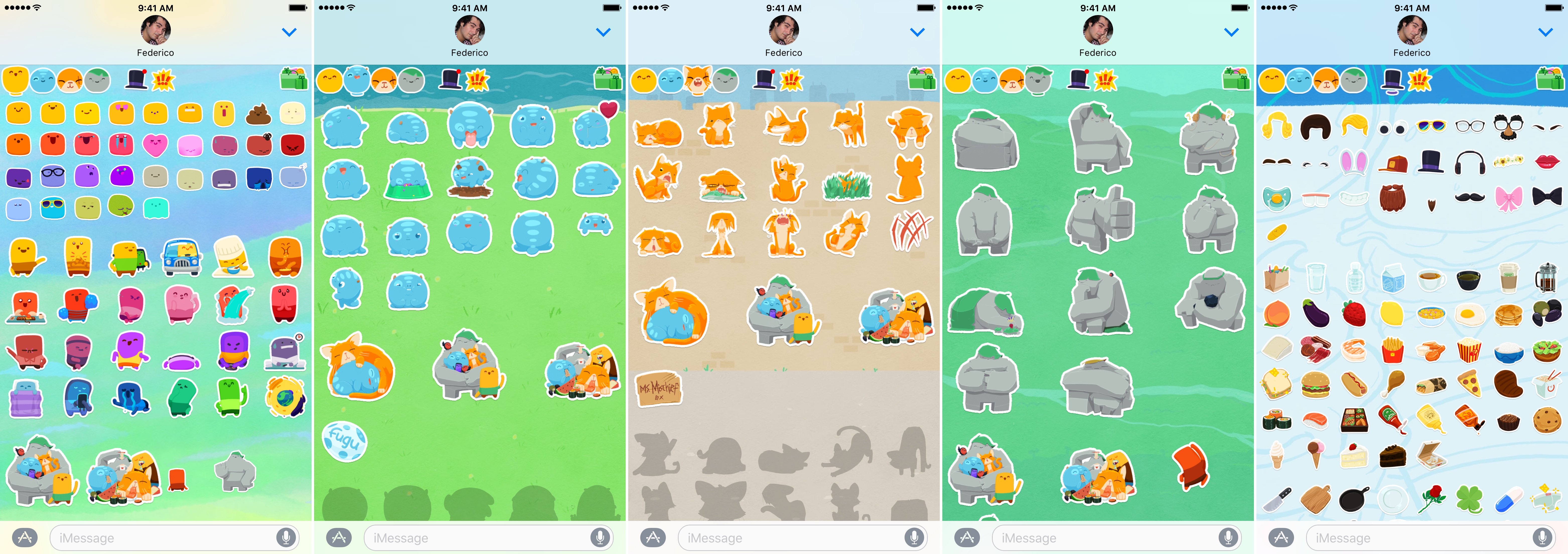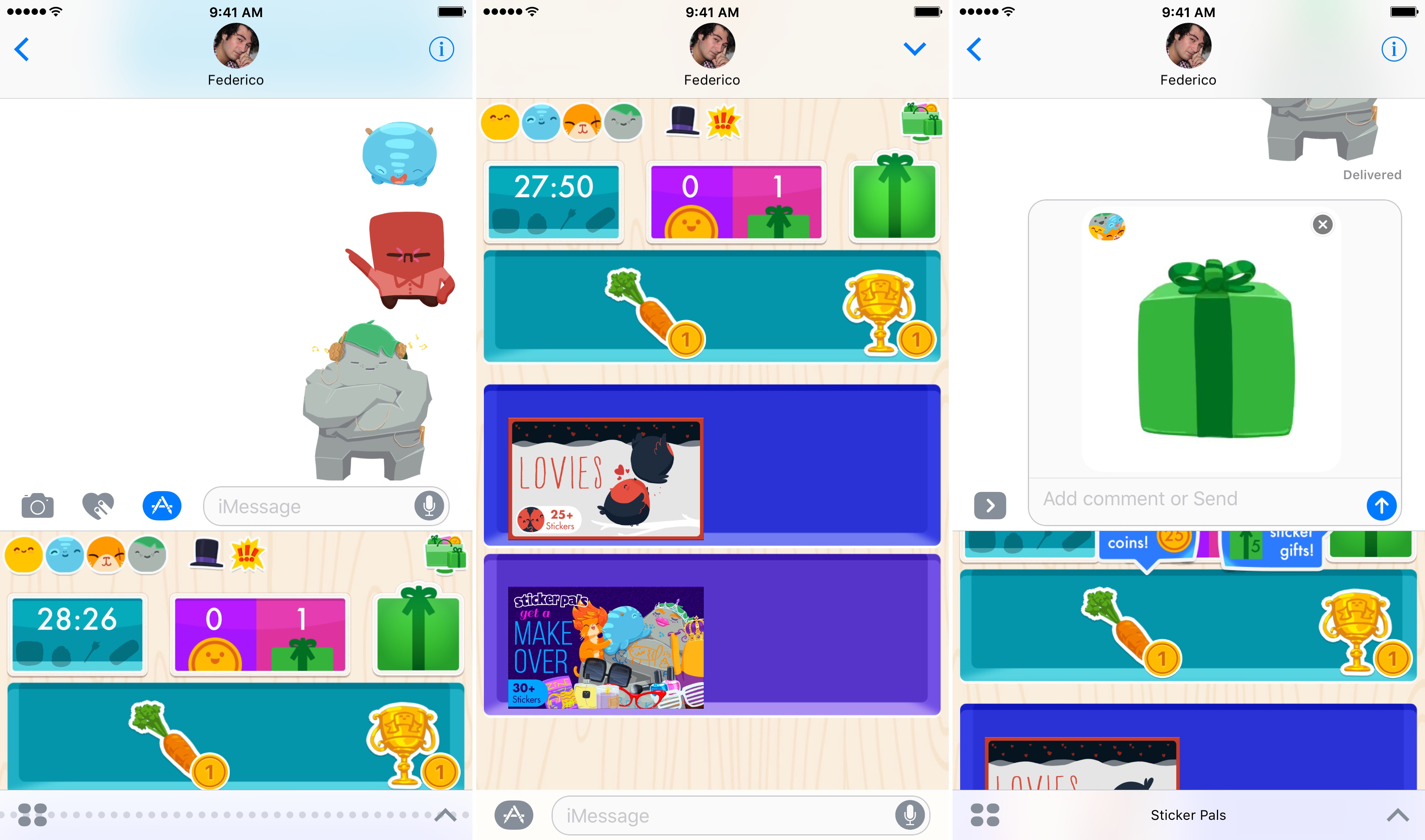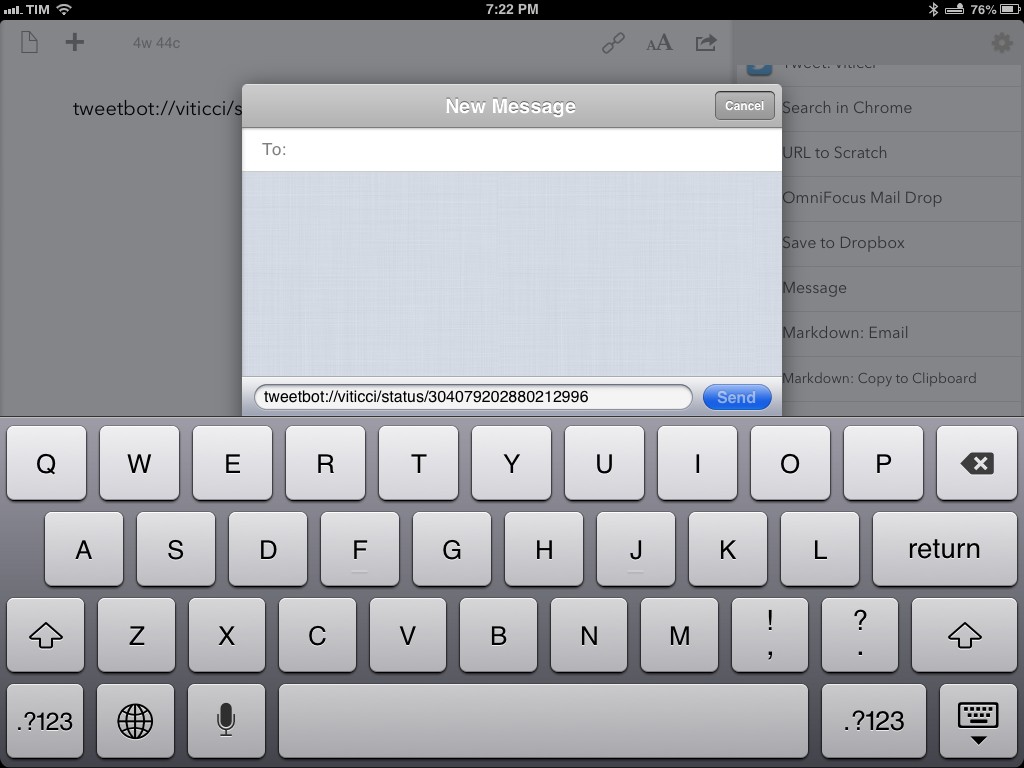Craig Mod has a few suggestions that would go a long way towards improving iMessage. He talks about conflicting IDs, unsynced histories (and someone else had to make an app to fix how terrible searching history is on the Mac), and the lack of proper profiles for the people you’re conversing with.
The biggest problem I have with iMessage is that it’s capable of but really poor at handling group conversations. Our issues revolved around the “Send and Receive” settings. For a group chat to really work, everyone has to be sending from the same address. More often than not, this was different between a Mac and iOS devices. If someone in the group was sending a message on their iPhone, the default was likely a phone number. If someone in the group was sending a message on their Mac, the default was probably an email address. Linking helps, but keeping track of all these settings is difficult. If one person in the group was sending from a different address, it would cause a new conversation to appear in iMessage (thus “splitting the thread”) for the receivers. For the sender, everything would appear to be the same. With a big group of people this became a daily annoyance because it became difficult to follow conversations when different instances or pieces of it showed up in different places. It’s a hard problem to describe, especially when receivers can opt to receive messages at multiple email addresses (and if the same person you’re conversing with decides to send you something to an alternative address, I believe the message should show up in the same conversation). The reality is that the settings are kind of a mess and talking about this stuff caused a lot of frustration and we eventually gave up.
And we won’t even get into the problems that the iMessage for Mac app has. But that was a mess for a whole different reason, the main problem being that it would lock up our Macs when they awoke from sleep as hundreds of messages were downloaded. This is why our team fled to Google Hangouts once those apps became available on iOS (more on that in a minute).
iMessage is fine for its intended use, as an SMS replacement for talking to friends or family one-on-one, but people are treating it as the next Aol. instant messenger. And can you blame people? Our expectations are measured by how fast iMessage is at sending messages. Today’s virtual keyboards allow us to rapid fire messages and hold conversations a lot longer than our T9 phones did years ago. The days of traditional slow texting are over.
Google Hangouts has its own problems. The iOS apps in particular aren’t terrible aesthetically, but they slow down and I get frustrated waiting for messages to be sent and received a lot. I’m mostly happy with the Chrome extension, except when I play video in the background and the app gets bogged down because of something intensive happening in the browser. The good thing is that we haven’t had a problem following conversations and Google’s history (especially for images) is fantastic. The bad news is that it’s the opposite of iMessage: Hangouts fixes the history and contact stuff, but isn’t very good with the sending and receiving part on mobile. It has a desktop app (Chrome extension) that works but mobile apps that struggle. Ugh!






